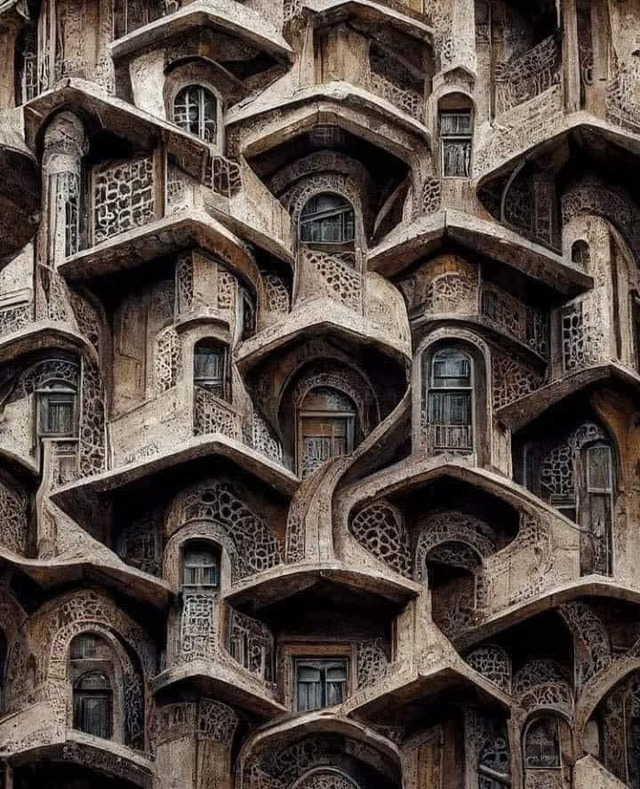Recently, a breathtaking photo of an architectural wonder has gone viral, captivating viewers with its intricate design, cascading arches, and timeless charm. Its mesmerizing beauty has sparked speculation—is this a long-lost Medieval masterpiece, hidden from the modern world? While the truth about this structure is surprising, it serves as a gateway to exploring the fascinating history and enduring appeal of Medieval architecture. Let’s uncover the story behind this viral sensation and journey through the real architectural marvels of the Middle Ages.
Debunking the Myth: A Work of AI, Not Reality
The stunning structure in this image, with its complex labyrinth of arches, overlapping windows, and decorative elements, may appear plausible at first. However, this is the work of artificial intelligence, a tool that combines historical aesthetics with a touch of surrealism. AI-generated art often blends styles and architectural features from different eras, creating fantastical designs that would be nearly impossible to construct or even support in reality.
For example, the repeating hexagonal patterns and surreal layering seen here mimic Gothic ribbing and Romanesque arches, but with an exaggerated, dreamlike twist. In practical terms, such intricate detailing would present significant structural challenges. While it’s a stunning piece of art, it serves as a reminder of how modern technology can blur the lines between imagination and reality.
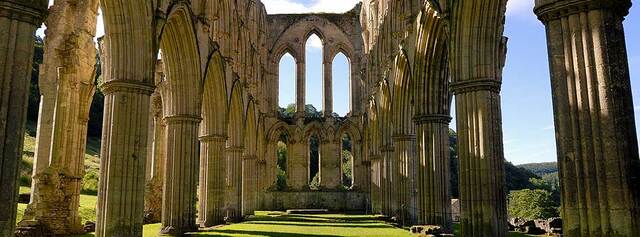
Medieval Architecture: A Real-World Marvel
Unlike the fictional structure in the image, Medieval architecture represents a tangible, centuries-old testament to human ingenuity and creativity. Flourishing between the 5th and 15th centuries in Europe, this architectural style evolved over time, reflecting the social, cultural, and technological developments of its era. Medieval architecture is often divided into distinct styles: Romanesque, Gothic, and Norman, among others. Let’s explore these styles and their defining characteristics.
1. Romanesque Architecture (9th–12th Century)
Romanesque architecture emerged as one of the first dominant styles of the Middle Ages. Known for its thick stone walls, rounded arches, and small windows, this style conveyed strength and stability. Churches, monasteries, and castles built in this era often featured simple, symmetrical designs that emphasized solidity over ornamentation.
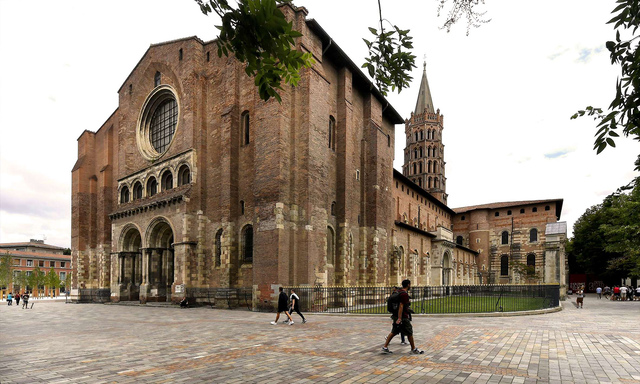
Located in Toulouse, France, the Basilica of Saint-Sernin exemplifies Romanesque architecture. With its barrel-vaulted ceilings and sturdy stone construction, the basilica reflects the era’s focus on religious devotion and durability. Its harmonious proportions and restrained ornamentation stand in contrast to the intricate designs of later Gothic structures.
Video:
2. Gothic Architecture (12th–16th Century)
The Gothic style marked a dramatic shift in Medieval architecture, prioritizing height, light, and intricacy. Gothic buildings are defined by pointed arches, ribbed vaults, and flying buttresses—engineering innovations that allowed structures to reach unprecedented heights while accommodating large stained glass windows.
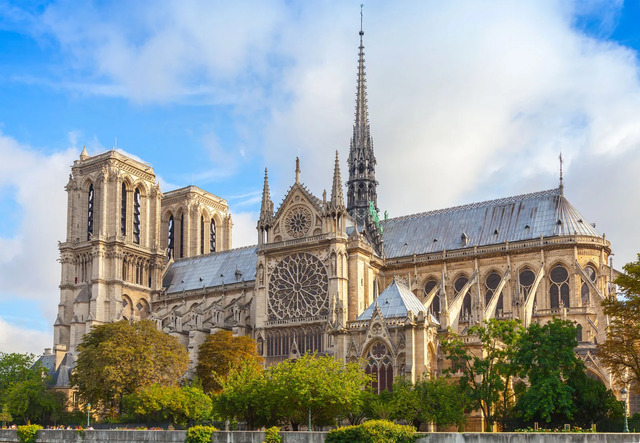
The Notre-Dame Cathedral in Paris is a masterpiece of Gothic architecture. Famous for its soaring spires, stunning rose windows, and intricately carved gargoyles, Notre-Dame represents the spiritual aspirations of the Gothic period. Its use of flying buttresses not only supported the building’s weight but also added to its ethereal appearance.
Video:
3. Norman Architecture: A Subset of Romanesque
Norman architecture, often considered a regional variation of Romanesque, developed in England and northern France following the Norman conquest. Its defining features include decorative arcading, robust columns, and zigzag (chevron) patterns.
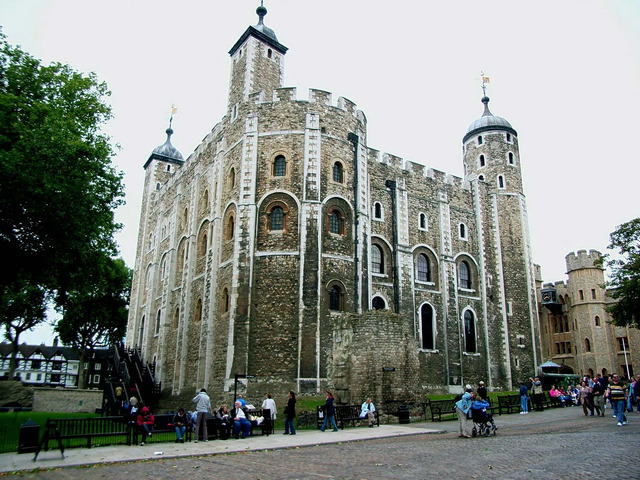
The White Tower, part of the Tower of London, is a prime example of Norman architecture. Built as a fortress, the White Tower combines military functionality with the stylistic features of the Romanesque period, such as rounded arches and sturdy stone construction.
4. Vernacular Medieval Architecture
Beyond the grandeur of cathedrals and castles, Medieval architecture also included vernacular buildings—homes, barns, and town halls—constructed with local materials. These structures provide insight into the everyday lives of Medieval people, reflecting practical needs rather than religious or political ambitions.
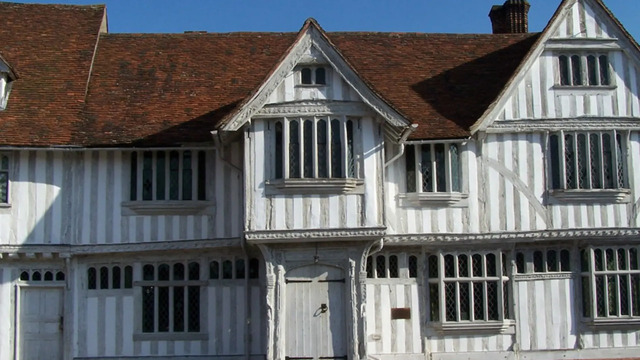
The Lavenham Guildhall in Suffolk, England, is a timber-framed building that showcases the craftsmanship of Medieval carpenters. Its half-timbered façade and steeply pitched roof are hallmarks of vernacular architecture.
Innovations and Features of Medieval Architecture
- Engineering Mastery: Medieval builders revolutionized construction with their use of pointed arches, ribbed vaults, and flying buttresses. These innovations allowed them to create taller, more complex structures that felt lighter and more open than the heavy designs of earlier eras.
- Spiritual Symbolism: The soaring spires and vaulted ceilings of Medieval churches were designed to inspire awe and direct worshippers’ gaze toward the heavens. Every detail, from the placement of windows to the arrangement of columns, was carefully considered to reflect divine order.
- Stained Glass and Storytelling: Stained glass windows were not just decorative—they were educational tools that conveyed biblical stories to an often illiterate population. The vibrant colors and intricate designs brought these narratives to life, making them accessible to all.
- Fortifications and Castles: Medieval architecture wasn’t limited to religious structures. The castles and fortified walls of the era reflect the political turbulence of the time, serving as both residences and defensive strongholds.
Example: The Alhambra in Spain blends Islamic and Christian Medieval influences, combining military functionality with exquisite artistry.
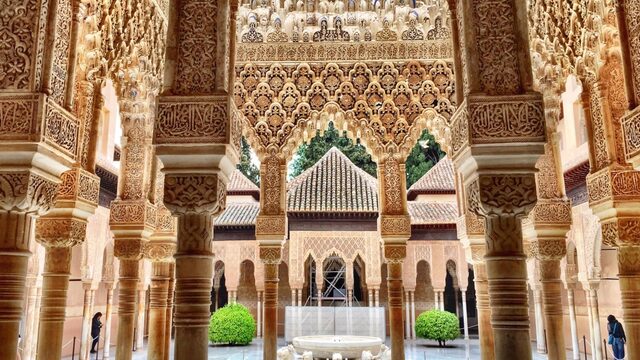
The Influence of Medieval Architecture on AI Creations
The fictional structure in the AI-generated image borrows heavily from the principles of Medieval architecture, albeit with exaggerated and surreal elements. Features like intricate arches, honeycomb-like tracery, and layered windows are reminiscent of Gothic and Romanesque styles, reimagined through the limitless creativity of artificial intelligence.
While AI creations cannot replicate the engineering brilliance of real Medieval architecture, they highlight the timeless appeal of these historical styles. By blending historical influences with modern technology, AI can inspire a renewed appreciation for the artistry of the past.
Fascinating Facts About Medieval Architecture
There are some fascinating facts about Medieval Architecture:
- Stained Glass Was a Teaching Tool
The intricate stained glass windows of Gothic cathedrals acted as visual sermons, depicting biblical stories for worshippers who couldn’t read. - Cathedrals Took Centuries to Build
Large projects like the Cologne Cathedral in Germany often spanned multiple generations, with construction sometimes halting for decades due to wars or funding shortages. - Gargoyles Had a Purpose
In addition to their decorative function, gargoyles served as water spouts, directing rainwater away from the walls to prevent erosion. - Flying Buttresses Were Revolutionary
These external supports not only allowed for taller buildings but also became a decorative feature in their own right, with intricate carvings and designs.
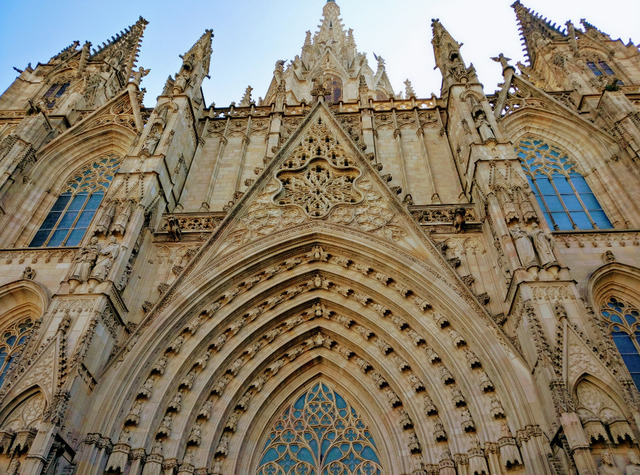
Conclusion
The structure in the image may be fictional, but it reminds us of the enduring beauty and innovation of real Medieval architecture. From the strength of Romanesque fortresses to the soaring heights of Gothic cathedrals, Medieval builders left behind a legacy of creativity and craftsmanship that continues to inspire awe. By exploring these historical achievements, we connect with a time when architecture was not just functional but also deeply symbolic—a reflection of humanity’s spiritual and cultural aspirations.
